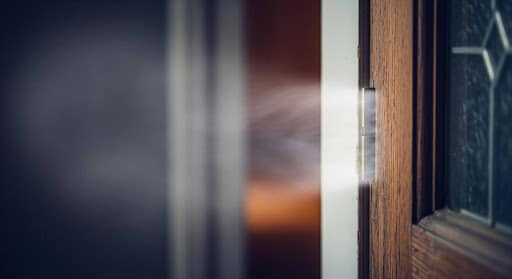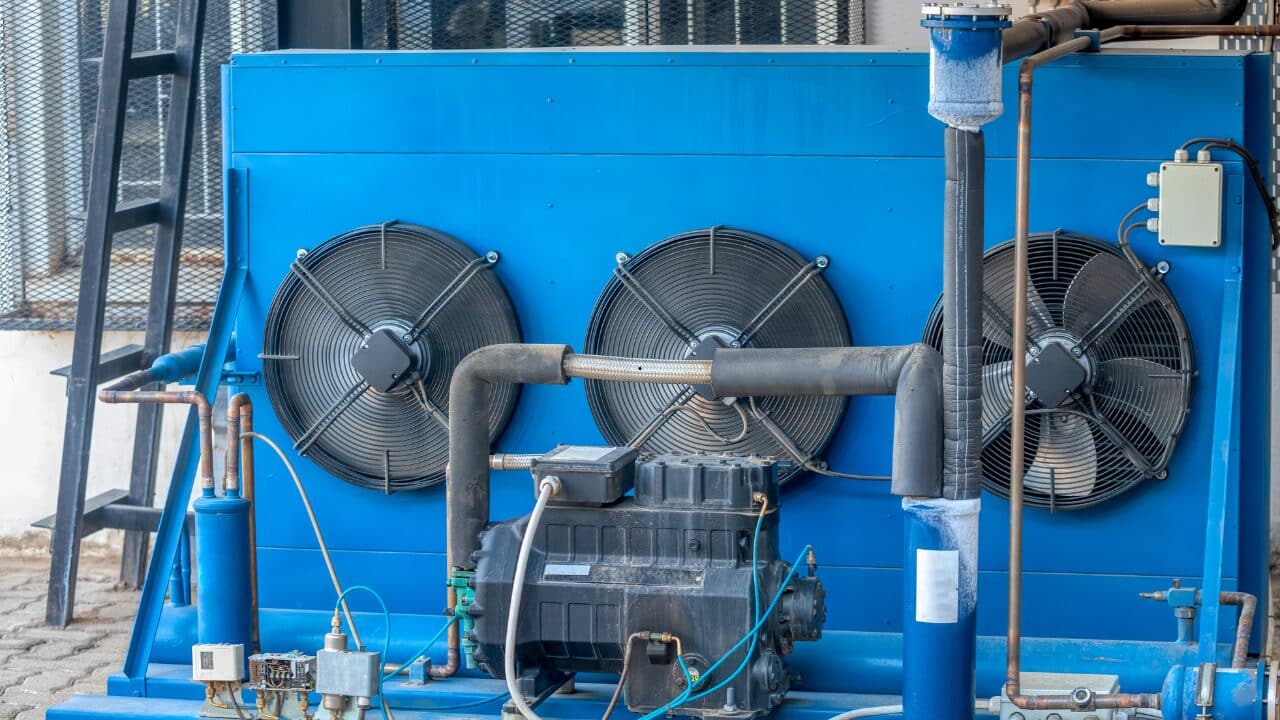When it comes to cooling your home, the summer is the season when your air conditioner has to work the hardest. If it’s particularly hot outside, you might see water droplets on your visible air ducts and question whether this is typical. As ductwork sweating, condensation is another name for it.
Even though it may not necessarily indicate a problem with your A/C system, it might still need your attention. Numerous problems with your AC system are caused by long-term condensation. Water drops gathering outside AC ducts and vent holes are common signs of condensation.
In severe circumstances, it can also produce little water pools on the ground. The temperature difference between the outside air and the AC vent and the absence of insulation surrounding these ducts are the two main factors contributing to condensation in your AC ducts.
Table of Contents
What Are The Main Reasons for HVAC Ducts Sweating?
Condensation will gradually build up on the surface of your air conditioning ducts as the outside humidity level increases. The likelihood of ductwork sweating increases with the temperature of the air inside the duct.
It’s a normal process, much like how a cold beverage starts to sweat when you take it out of the fridge on a hot day. In some circumstances, duct condensation may be a warning that a duct is leaking air, which lowers the efficiency of your air conditioning machine.
As the temperature and humidity levels rise, ductwork sweating is more likely to become a problem if you live in an older home or if your ductwork is not properly maintained.
Extreme Insulation Can A Cause Of HVAC Sweating
Condensation can occasionally result from overly thick insulation. As a result, your building’s interior is warmed by insulation. The inside of your building becomes more humid due to warm air’s increased ability to store moisture.
The building can, however, become cooler in the evening due to temperature variations. As a result, condensation forms as the interior air cools and releases moisture. It’s not a problem when A/C ducts occasionally condense, but it’s best to keep an eye on things.
Water damage could eventually result from ductwork sweating regularly. Additionally, excessive condensation might foster mold or mildew growth in the vicinity of the duct itself. If mold and mildew establish themselves in one area of your home before spreading to others, those with asthma and allergies may experience worse symptoms.
Too Much Humidity
A properly kept air conditioner can regulate and even lower the humidity levels in your home. Plumbing difficulties can also impact indoor humidity. The humidity levels in your home will rise if you’ve recently experienced a sewer backup or an issue with indoor flooding.
Even indoor air drying can significantly increase humidity levels temporarily. In particular, while using your air conditioner, higher indoor humidity increases the chance of condensation on your air ducts. Condensation build-up in your ductwork is more likely to occur in homes with higher relative humidity levels.
Is There Any Way To Avoid Extreme Ducts Sweating?
Ducts must be appropriately insulated to prevent condensation and leaks in the ductwork. Ensure that the fiberglass insulation is applied appropriately but not too tightly if your ducting is made of metal.
-
Maintain Air Flow In Ducts
Maintain air duct separation to ensure proper airflow. Cover the dirt to reduce moisture if your ducts are in a crawlspace under the home. Ensure the attic is insulated and that any cracks or holes are sealed if there are ducts.
-
Install A Dehumidifier
To keep the air around your ductwork dry if you live in a humid region, use a dehumidifier. Airflow-restricting ducts should be cleared of obstructions and routinely cleaned and vacuumed. The chance of ductwork sweating rises when the air in some ducts inside the air conditioning system is not allowed to move freely, making it cooler.
-
Clean Air Ducts Properly
Be sure to clean your air filters. Regularly replace them. Filters should be changed every one to three months. You should replace the filter more frequently if you have pets or someone in your home has a dust allergy.
Any leaking ducts must be fixed immediately. Condensation will increase when cold air escapes. You can easily tell if a duct is leaking by touching it. If you detect air leaving, the duct is leaking.
-
Maintain Your Ductwork
It is better for airflow, moisture buildup, and indoor air quality if your air ducts are free of dust and debris. However, it is advised to clean your ductwork with someone. An HVAC specialist from Professional Services can safely clean your ductwork and look for wear or damage.
Your air ducts must be cleaned at least every three to five years.
Conclusion
High humidity and warm attic temperatures can also contribute to condensation problems. Condensation on air ducts can be avoided by upgrading the insulation and ventilation in your attic. Most newly constructed homes feature attic vents. Condensation buildup on air ducts can be a big issue that needs to be reduced and removed. At first, learning how to prevent condensation on air ducts may seem difficult.
However, the effort can be greatly simplified by being aware of the main reasons why ductwork sweats. Maintaining your ductwork, purchasing a dehumidifier, and increasing insulation in the area around your AC ducts are ways to deal with these problems.





